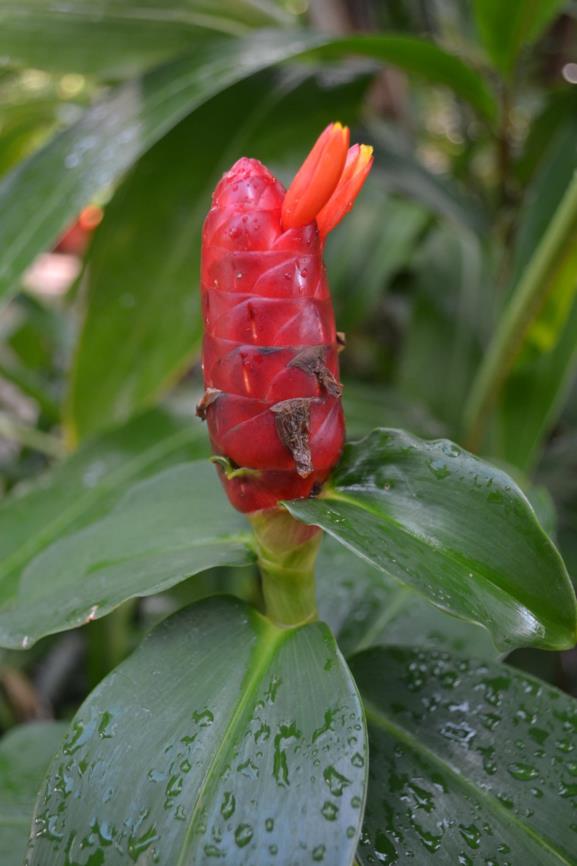
:max_bytes(150000):strip_icc()/flowering-ginger-plants-1315760-01-f3fcbddeaeec4aa1b4b8724a4226c611.jpg)
Orange pustules appear on the leaves in summer, which then begin to die back. Leek rust Garlic can be affected by leek rust, a fungal infection that is more common in wet weather. In future, grow garlic in containers, in fresh soil that does not come from the garden.

You may be able to salvage some of your crop to eat, but it won't store well. Dig up all of the affected plants and bin or burn them – do not add them to the compost heap. Avoid spreading the problem around the garden on boots and tools, as the disease can affect the whole allium family, including onions and leeks. Onion white rot is a soil-borne disease, so there is no control and the problem can persist for years. In severe cases, the bulb will be black and rotten. When you dig up the plant, you'll notice a white fluffy fungus on the base of the bulb, along with tiny black growths. Onion white rot Onion white rot is hard to detect until it's too late – the first sign that anything is wrong is usually yellowing, wilting foliage but this is usually around harvest time, when you'd expect the leaves to be dying back anyway. Cover the area with netting or horticultural fleece immediately after sowing and don't remove until the young plants are at least 5cm tall.
RED BUTTON GINGER CARE FREE
Garlic is generally pest free and is only affected by a few problems.īirds Birds, especially pigeons, will take freshly sown garlic cloves from the ground and will also eat recently germinated plants. Remove any flowers, or 'scapes' the plants produce – you can eat these in stir-fries. This is best done by hand, as hoeing could damage the developing bulbs. Weed between the plants to reduce the competition for water and nutrients. Water regularly in spring and early summer, but reduce once you see the foliage turning yellow – this is a sign that the bulbs are reaching maturity. It can also be grown in a large container. It can be sown directly in the ground, or started off in small pots if you have heavy soil. Garlic is usually planted in late autumn or early winter (although some cultivars can be planted in early spring). Grow garlic in a warm, sunny spot, in fertile, well-drained soil that doesn't get too wet in winter. There's also elephant garlic, which bears giant, mild-flavoured bulbs, which you can grow for a lighter garlic taste. If left to develop on the plants, you can harvest and plant the bulbils, but it may take 2-3 years to form a decent bulb. It is best to remove the scape as soon as it appears (use it in stir fries) so that the plant will divert its energies into producing a larger bulb. This straightens out as it matures, to carry a head of tiny clove-like bulbils. Hardneck types will often produce a curling flower stalk or ‘scape’. They are generally hardier than softneck types and can be grown throughout the UK. Hardneck varieties Hardneck garlic has fewer cloves per bulb – usually 10 or less. Softneck garlic is less tolerant of prolonged cold temperatures and is therefore best suited to growing in mild southern counties, though it can be grown elsewhere with protection in the winter. It has a white, papery skin, stores well and rarely produces a flower stalk. It produces the greatest number of cloves per bulb – up to 18.

Softneck varieties The most common type in supermarkets. There are two types of garlic to grow: softneck garlic and hardneck garlic. The certified garlic bulbs are sold at garden centres or online. It's an easy crop to grow – it's sown from garlic cloves as opposed to seeds. Home-grown garlic takes up little space and requires hardly any effort to get a good crop. Garlic needs a long growing season to do well, and autumn through to early winter is the perfect time to sow so that plants develop roots and shoots before the heavy frosts.


 0 kommentar(er)
0 kommentar(er)
